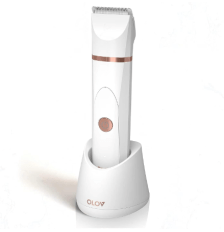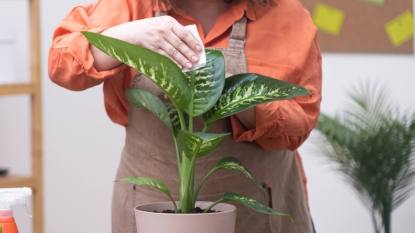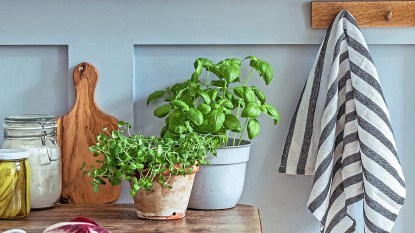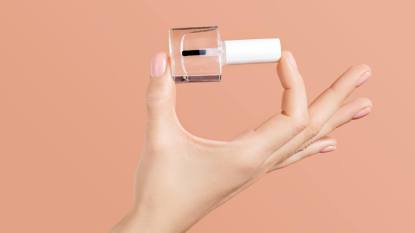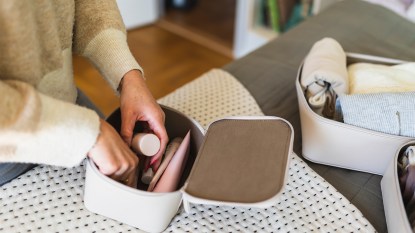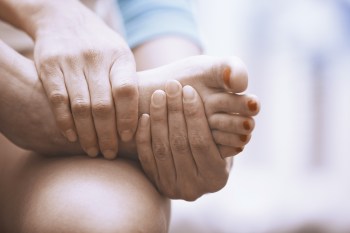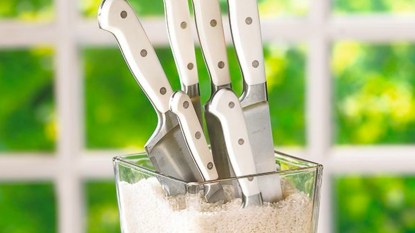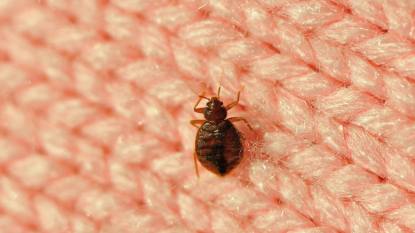13 Brilliant Uses For White Vinegar Guaranteed To Make Your Life Easier
Not only will it soften your jeans, it can prevent your nail polish from chipping!
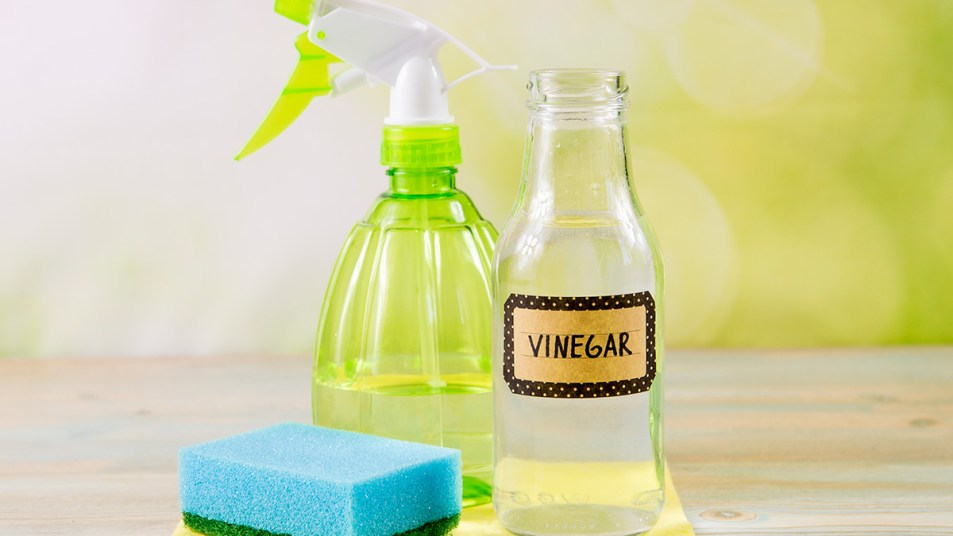
If you’re like us, you probably already have white vinegar as a staple in your cleaning kit. Its acetic acid makes it a powerful deodorizer, stain remover and disinfectant. It’s also a powerful laundry tool; it’ll do the trick when it comes to keeping whites bright, removing mildewy odors from your clothes and preventing pet hair from sticking to fabrics. And at less than $4 a gallon, it’s a bargain! But, you may not realize that there are so many more effective and unconventional uses for white vinegar, from helping to make your manicure last longer to unclogging sink drains. Read on to see our list of 13 of the best white vinegar uses.
-
White vinegar uses for plumbing: Unclogs a drain
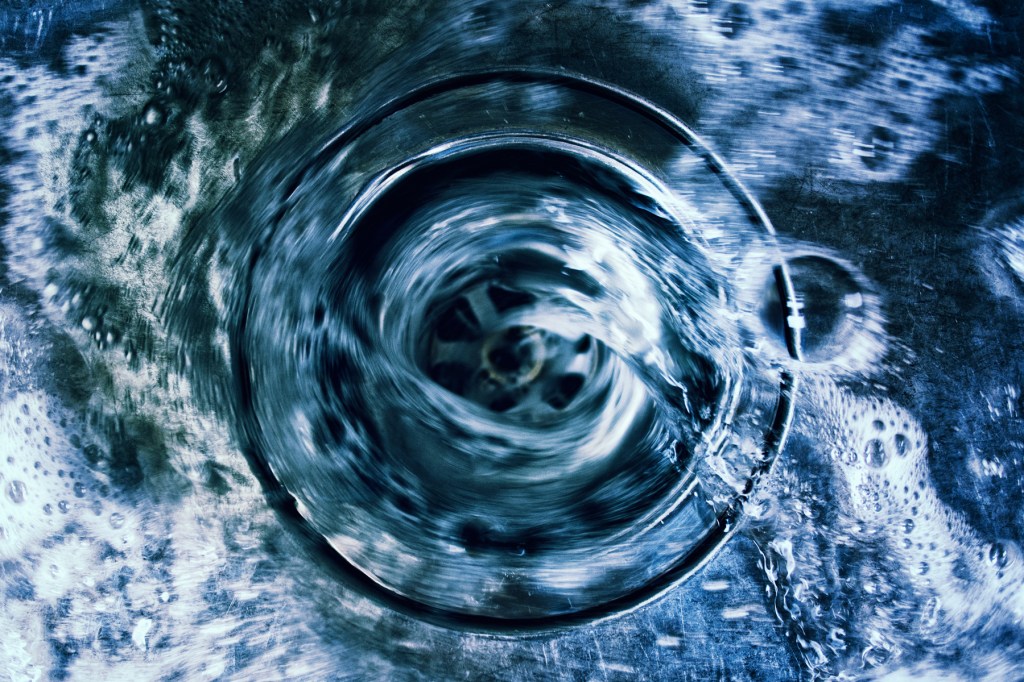
Getty Images Skip pricey drain-clearing products and try this: Pour 1/2 cup of baking soda down the drain, followed by one cup of vinegar. The fizz formed by the chemical reaction between the acidic vinegar and alkaline baking soda will dissolve blockages. Wait five minutes, then pour cold water down the drain.
"It's a do-it-yourself trick I've seen a lot of homeowners and landlords use. And it works!" assures Steve Lipsky, owner of Seaside Plumbing.
Related: 20 Brilliant Uses for Vinegar and Dish Soap —Clean the Entire House for Under $8!
-
White vinegar uses for the home: Lifts unpleasant odors

Prostock-Studio/ Getty Images No need to buy chemical-laden air fresheners or scented candles to banish funky smells from a room like wet dog or garbage odors, assures Beatrice Flores, cleaning expert at LivingPristine.com. “Just place a bowl of white vinegar in each room of your home and leave it for at least an hour,” she suggests. “The vinegar will absorb odors, leaving behind only clean indoor air.”
-
White vinegar uses in the kitchen: Cleans a coffee maker
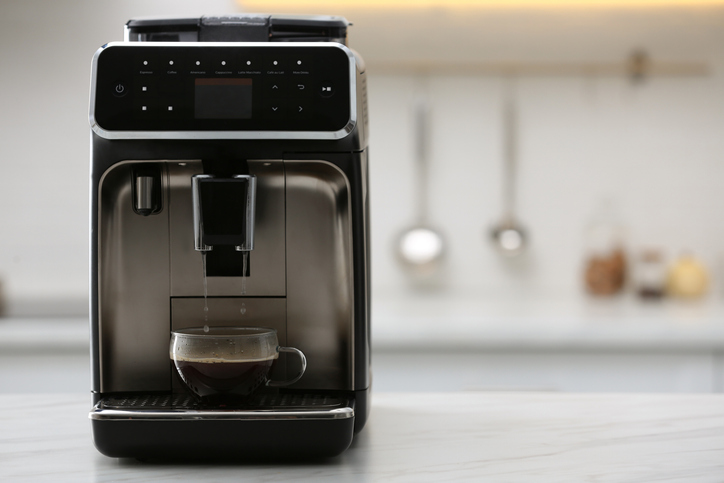
Liudmila Chernetska/ Getty Images You probably never suspected your coffee maker of being a germ trap. The culprit is the water reservoir, a perfect breeding ground for yeast and bacteria. The fix: About once a month, fill the reservoir, with white vinegar, then run it through the machine twice, says safety expert Mindy Costello. "The vinegar is acidic, which gets rid of unwanted microbes," she explains. "To remove any lingering vinegar smell, just run plain water through a brew cycle."
-
White vinegar use: Clean herbs
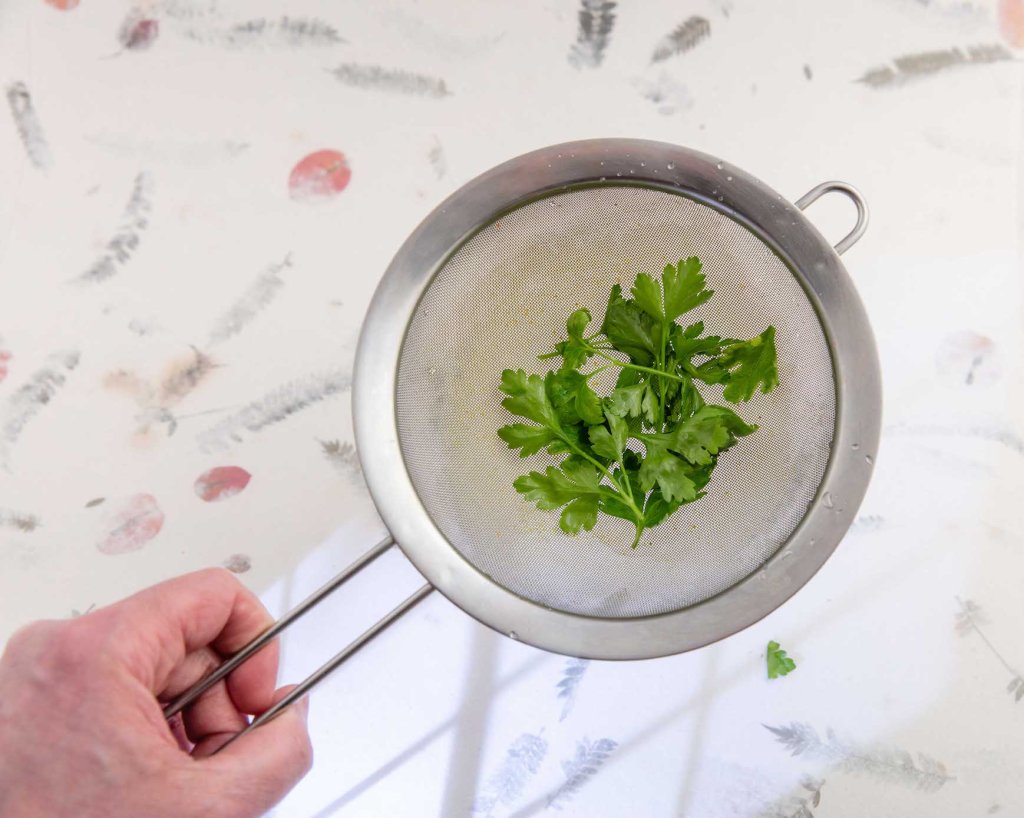
annick vanderschelden photography/ Getty Images Herbs add flavor to meals...but if they're not washed property, they can also add germs, says Natalle Wise, author of The Modern Organic Home. Her bacteria-busting Rx: "Place a colander in a large bowl, fill with ½ cup of white vinegar and fill the rest of the way with cold water (warm water will wit greens). Let the herbs sit in the solution for 5 minutes, gently swishing back and forth to ensure all the leaves are washed. Then give them a quick rinse in cold water, and your herbs will be ready to jazz up all your recipes."
-
White vinegar use: Clean your shower head
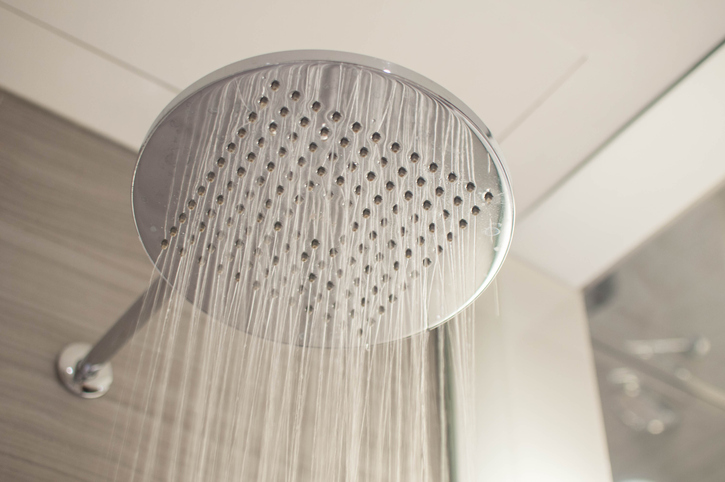
Karl Tapales/ Getty Images Faucets and showerheads are magnets for mineral deposits, but they're easy to clean. "I call this the 'set it and forget it method," says Balley Carson of Handy.com. "Pour 1 cup of distilled white vinegar into a large plastic bag, then tie it over the faucet or shower-head and leave overnight." In the morning, remove the bag and turn the hot water on full pressure to remove any residue — mineral deposits will be gone. (Click through for more ways to remove limescale from faucets.)
-
White vinegar uses for clothing: Soften your jeans
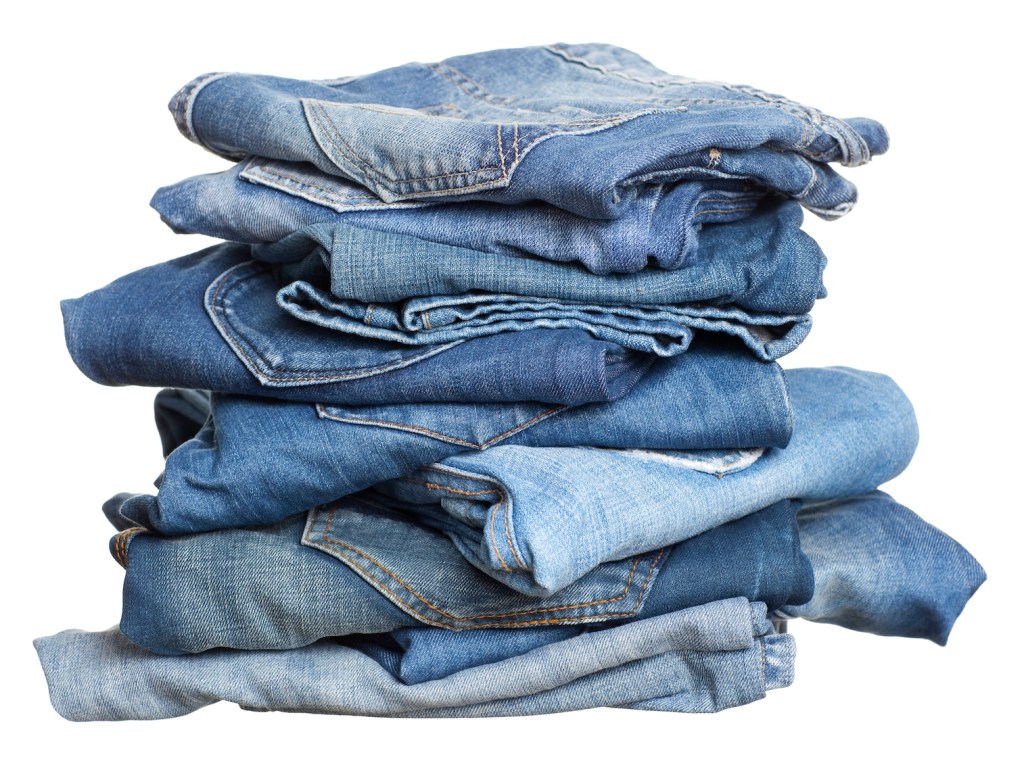
RuslanDashinsky/ Getty Images To break in a stiff pair of jeans, run them through a regular wash cycle, adding 1/2 cup of vinegar to the rinse cycle (add 1/4 cup to the bleach compartment for high-efficiency washers), says celebrity stylist Samantha Brown, who has worked with Candice Bergen and Jennifer Nettles Vinegar’s acids will dissolve starch on the denim, leaving you with soft jeans. (Click through to learn how to dry jeans without shrinking them.)
-
White vinegar uses for shoes: Removes salt stains on boots
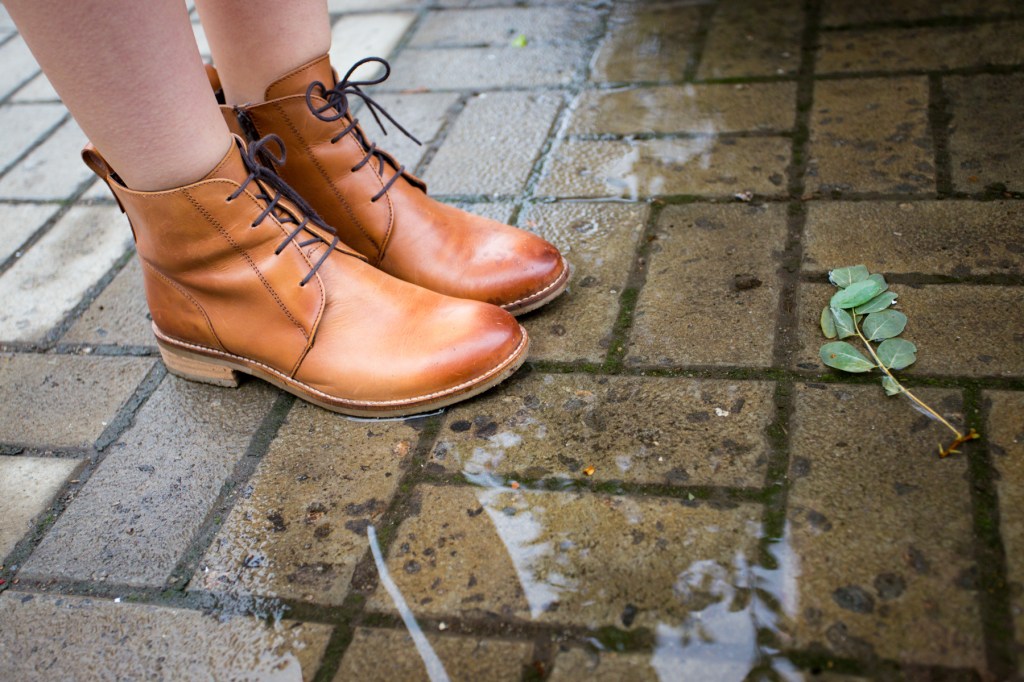
Getty Images The last time you wore your leather boots, sidewalk salt left behind a chalky white residue on your shoes. To remove it, combine equal amounts of water and white vinegar in a bowl, dip a cotton swab into the liquid and dab it on any stains. The acids in the vinegar will dissolve the salt crystals causing the unsightly stains — without harming the leather.
-
White vinegar uses for the home: Eliminates paint fumes
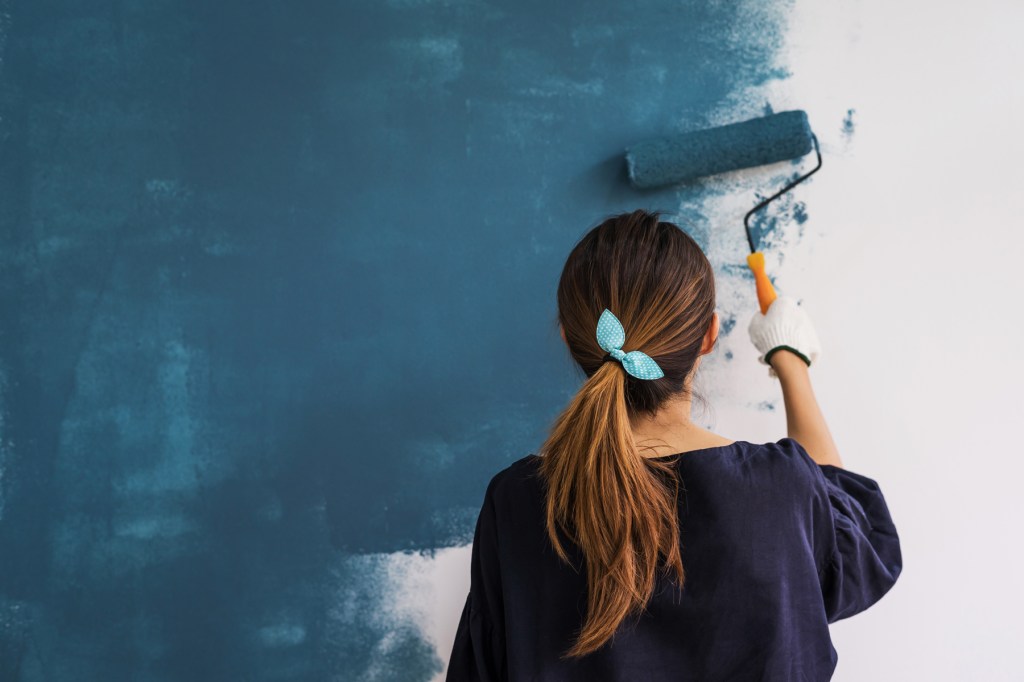
Getty Images The new wall color in your home office looks great, but the fumes from the paint are giving you a headache. What can help: Leave a few bowls of vinegar around the room. The pantry staple will absorb paint vapors, eliminating the strong odor. Pour the vinegar down the drain when the smell is gone.
-
White vinegar uses for irons: Declogs steaming holes
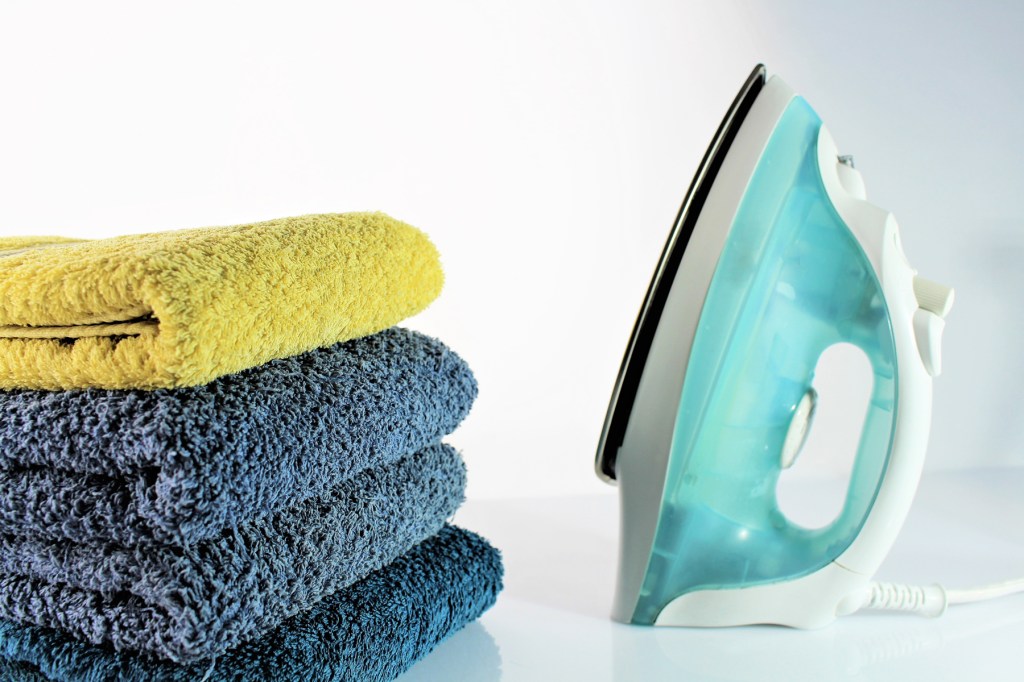
Getty Images If your iron isn’t working as well as it should, residue from synthetic fabric may be clogging the steam holes. The fix: Pour one cup of white vinegar in the water tank, then set the iron upright and run on the steam setting for five minutes. Pour out any remaining liquid, fill with water, and repeat the process. The vinegar will break down the built-up gunk in a flash.
-
White vinegar uses for appliances: Remove finger prints from stainless steel
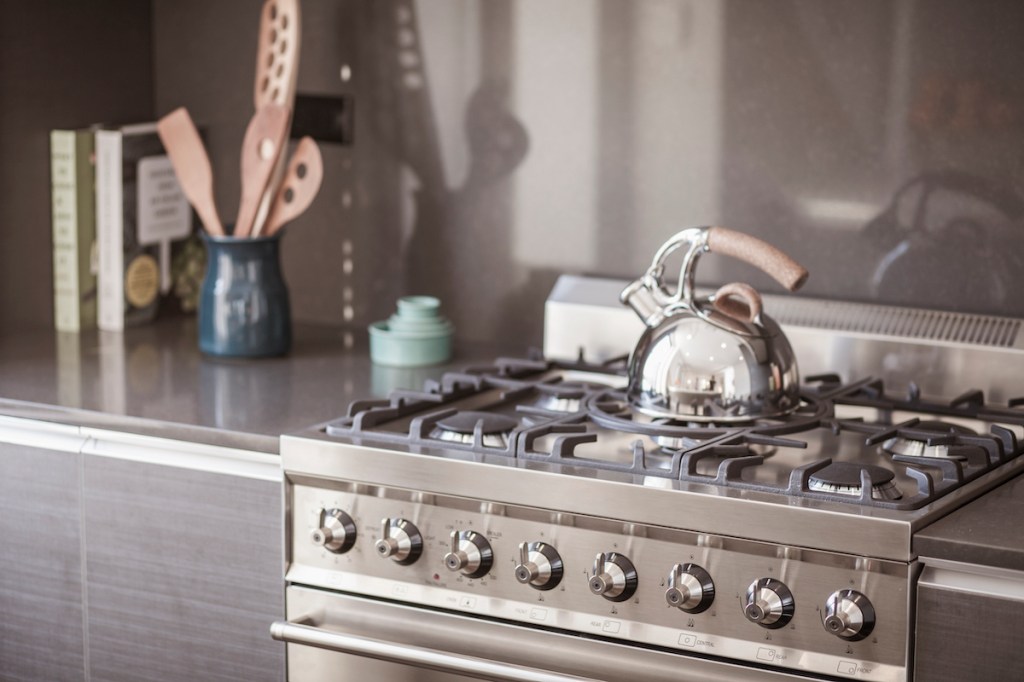
Tea kettle on the stove in a kitchen Alberto Guglielmi/ Getty Images To nix unsightly fingerprints from your stainless-steel kitchen appliances, enlist the help of white vinegar. Simply add one cup to an eight-ounce spray bottle and spritz the appliance’s surface liberally, then wipe with a soft cloth. Acids in the vinegar will break down any oily residue on the appliance, leaving it shiny and spot-free! (Click through for more ways to clean stainless steel.)
-
White vinegar uses for nails: Prevent nail polish chipping
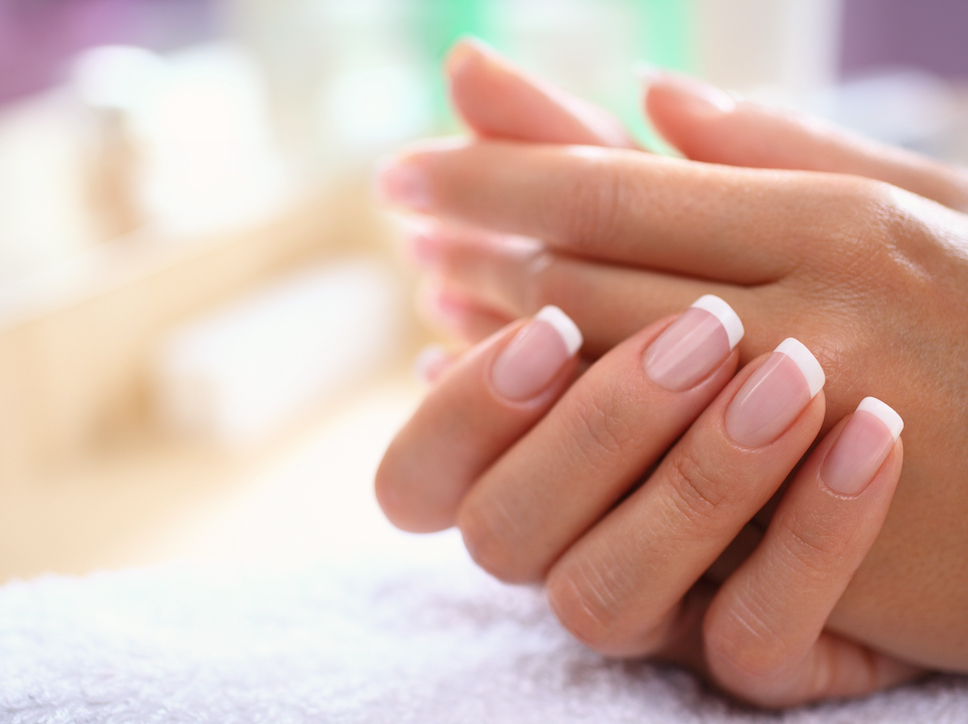
gilaxia/Getty Images Whenever you paint your nails, it seems the polish chips after a few days. The save: Before applying the first coat of polish, moisten a cotton ball with vinegar and wipe it over your nails. Vinegar’s mild acids will break down surface oils on your nails, so the polish adheres smoothly and is less prone to chips. Click through for the best nail designs of the year.)
-
White vinegar uses for skin: Prevents bruises
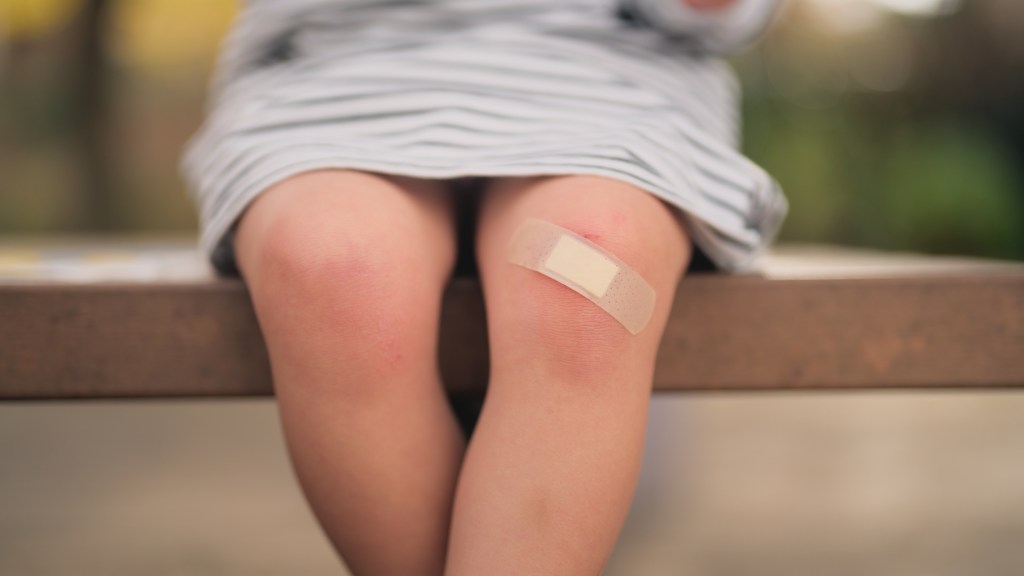
recep-bg/Getty Images Oops! The little one in your life fell during basketball practice, and she’s worried she’s going to end up with a black-and-blue mark. To ward off a blemish, simply saturate a piece of gauze in white vinegar and apply it to the skin. Hold the gauze in place with bandages or medical tape. Leave it on for 30 minutes, then rinse with warm water. The pantry staple enhances circulation near the skin’s surface so blood won’t pool, preventing an ugly bruise from forming.
-
White vinegar uses in the kitchen: Cleans a cutting board
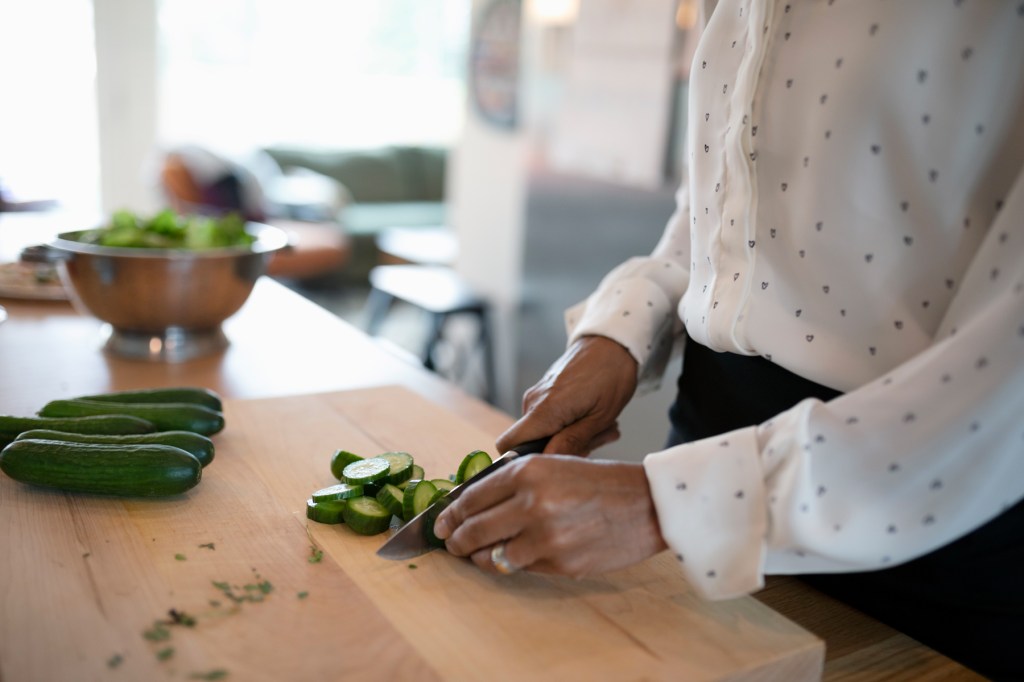
Getty Images Instead of cleaning your wooden cutting board with dish soap and water, which can weaken the wood fibers, saturate a paper towel in white vinegar and use it to wipe the board after each use. The vinegar’s acids are a known disinfectant and will eliminate any harmful bacteria lingering on the board.

